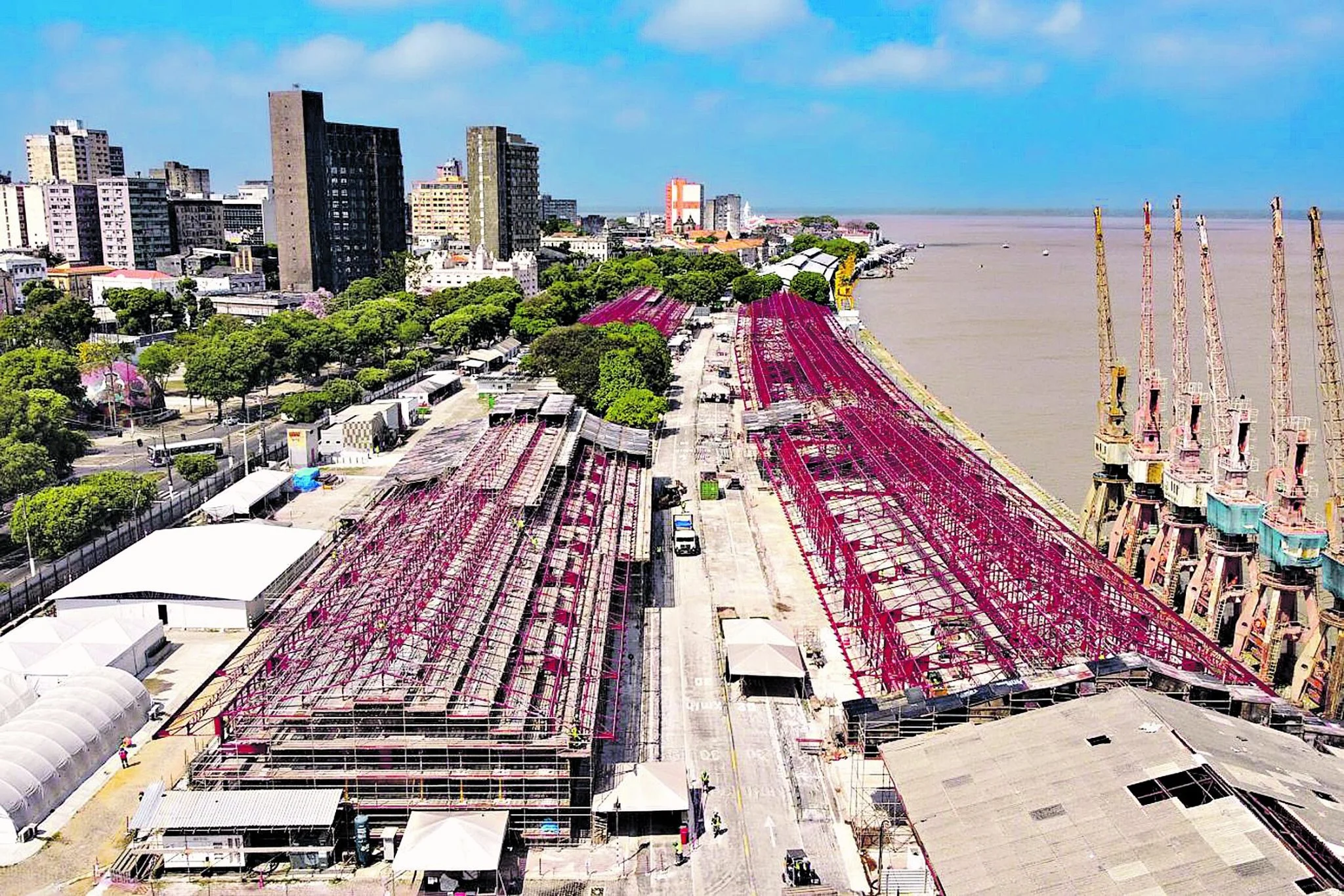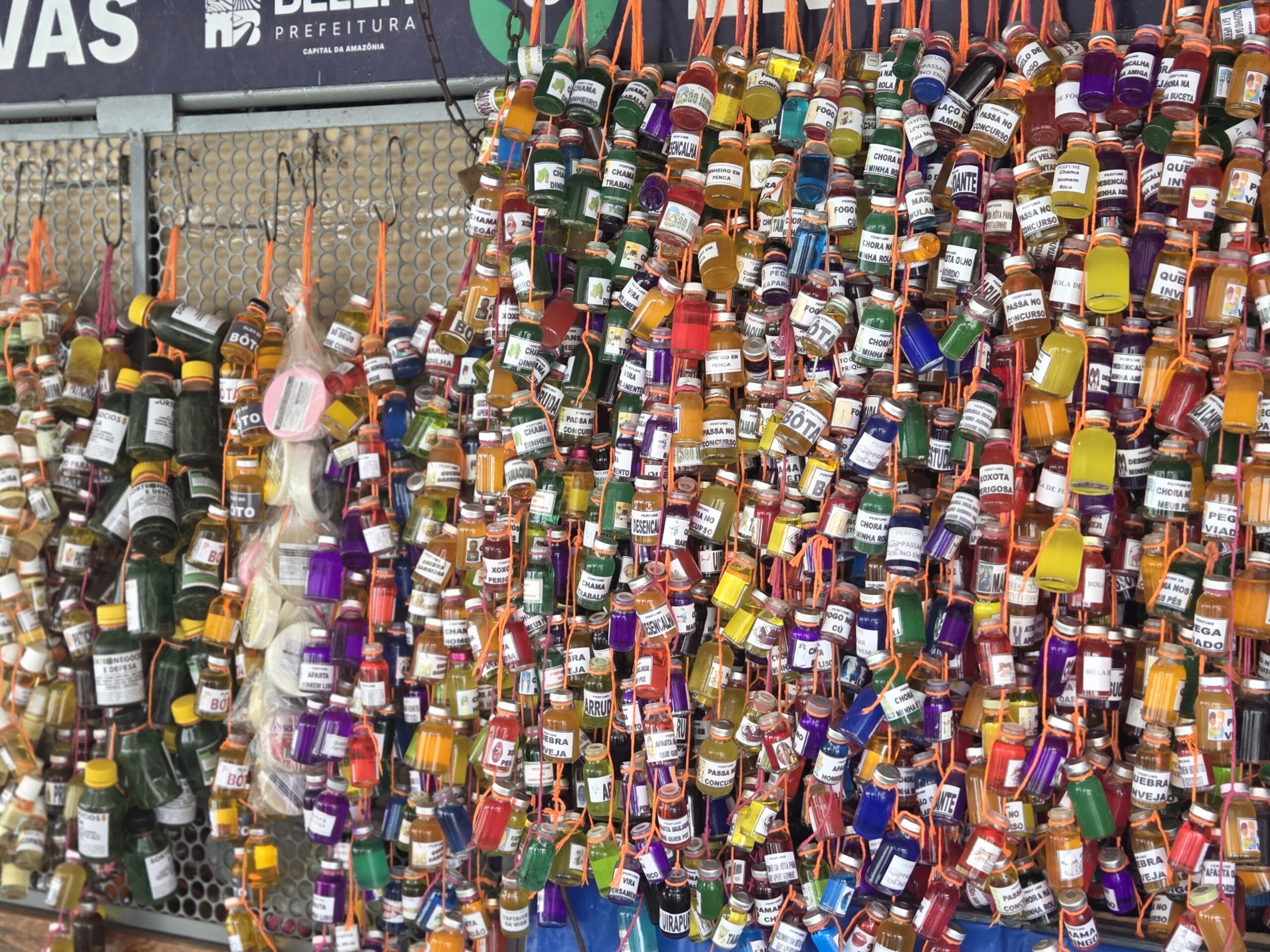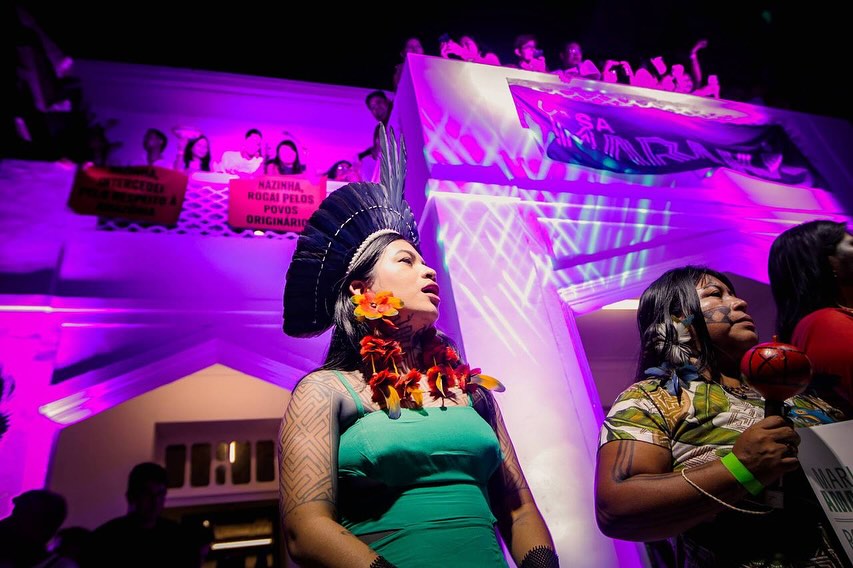
Did the COP bring a “new Belle Époque”?
Why can this label erase inequalities, distort history, and ignore climate risks?
by Bia Aflalo
Belém, the current capital of Brazil and host of COP30, experienced an economic boom in the 19th century when, after the opening of it’s ports, it strengthened ties with European countries, especially France.
This shift attracted major investment in commerce and urban infrastructure and also sparked a process of European cultural importation, which directly influenced fashion, design, architecture and even local customs.
But all of this was driven by a hygienist political system that favored areas of the city occupied by the highest tiers of the social pyramid. Building renovations, road widening, public lighting, drainage and sanitation systems, urban cleaning, tree-planting and better paving – all of it positively impacted only a very small part of the population, leaving behind, isolated, the citizens living in the lower-lying areas of the capital of Pará. It was the perfect postcard for the elites who circulated between Paris and Amazon.
With the announcement of Belém as the COP30 host city, we are witnessing a similar movement. Investments from around the world, new projects, public works and improvements to urban infrastructure. Combined with the attention Belém has received, and continues to receive, some people began repeating that the city is experiencing “a new Belle Époque”.
The slogan is seductive: it evokes glamour, modernity and a city opening itself to the world. But this comparison, besides being shallow, is dangerous. It simplifies a complex past, erases violence and creates an illusion of progress that does not serve everyone.
The “shine” of the Belle Époque cast a very long shadow.
Modernization was exclusionary, racialized and profoundly unequal. Indigenous people were violently exploited to sustain the rubber boom. Riverside communities and migrants from Brazil’s Northeast lived in unhealthy working conditions, with no rights. In the cities, the poor were pushed into improvised outskirts in a process of gentrifying city centers
The Amazon Belle Époque of the 19th century was, for many, a project of modernity built by erasing bodies and ecosystem.
The climatic cost of a gilded era
The narrative of a “golden age” rarely mentions the environmental impact that sustained urban luxury. Uncontrolled rubber extraction accelerated deforestation, fires, the breakdown of traditional ways of life and the loss of biodiversity. Modernity was financed by intense ecological destruction and that history still echoes today.
Calling the present a “new Belle Époque” ignores the fact that the planet is now living through the most severe climate emergency ever recorded. And the Amazon, the epicenter of this crisis, cannot repeat urban models based on environmental exhaustion. The era of important practices and survival models is over.
The present is not a return to the past
Contemporary advances are real: heritage restoration, active mobility, investments in innovation, international visibility and a vibrant cultural scene emerging from the outskirts, traditional territories and urban youth.
But confusing this with a Belle Époque 2.0 is both conceptually wrong and politically strategic. The comparison romanticizes inequalities, feeds a colonial vision of development and hides urgent social issues that remain glaring – housing, sanitation, mobility, food security and the protection of Indigenous and quilombola territories, among others.
The Amazon needs a future, not elitist nostalgia
What Belém is experiencing today is not a remake of the past; it’s a historical crossroads. Today, white men from upper and upper-middle classes, mostly cisgender and heterosexual, decide whether to invest in climate justice projects that affect thousands of people who, in most cases, are neither heard nor considered by these suited decision-makers.
And here, two paths lie before us: we can continue repeating the extractive, privatized, exclusionary model of the old Belle Époque, or we can build Amazonian cities that are truly sustainable, diverse and both climate and cultural smart.
The Amazon does not need a “new Belle Époque”. It needs climate justice, reparative urbanism, policies that last longer than an economic cycle or an international event, and, above all, listening to and respecting the people who question labels, who live in the places where the climate crises arrives (and has already arrived) first, and who are developing solutions capable of building futures that history has not yet had the courage to write.


